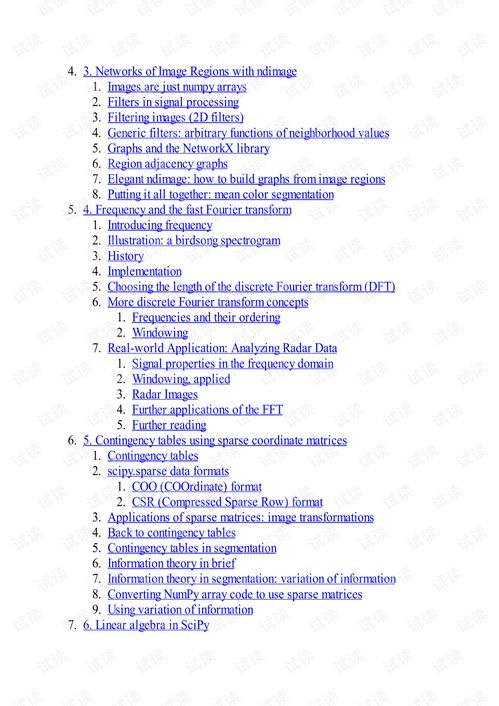
Content:
Introduction: Fishing is an age-old pastime that brings immense joy and relaxation to enthusiasts around the world. Whether you are a seasoned angler or a beginner, the thrill of reeling in a big catch is unparalleled. In this article, we will delve into the art of joyful fishing and provide you with essential tips to help you溜出大鱼 (slip out big fish). From choosing the right equipment to mastering the techniques, we have got you covered.
Selecting the Right Equipment: The first step to successful fishing is to ensure you have the right equipment. Here are some key items to consider:
a. Rod and Reel: Choose a rod and reel that match the type of fish you are targeting. A lightweight rod and reel are ideal for catching smaller fish, while a heavier setup is recommended for larger species.
b. Line: The type of line you use depends on the fish you are targeting and the environment you are fishing in. Monofilament, fluorocarbon, and braided lines are the most common options. Each has its own advantages and disadvantages, so it's important to choose the right one for your specific needs.
c. Lures and Baits: The choice of lures and baits depends on the fish species and the conditions. Soft plastics, spinnerbaits, jigs, and live bait are popular choices. Experiment with different lures and baits to see what works best in your fishing spot.
Understanding the Fish Behavior: To catch big fish, it's crucial to understand their behavior and habitat. Here are some tips to help you get a better grasp of the fish you're targeting:
a. Study the Water: Observe the water conditions, such as depth, clarity, and vegetation. This will help you identify potential hotspots where big fish might be hiding.
b. Seasonal Patterns: Fish behavior changes with the seasons. For instance, during the summer, fish tend to stay in deeper water, while in the winter, they may move to shallower areas. Keep this in mind when planning your fishing trips.
c. Food Sources: Identify the primary food sources for the fish you're targeting. This will help you choose the right baits and lures to attract them.
Mastering the Techniques: To increase your chances of catching big fish, it's essential to master the following techniques:
a. Casting: Practice your casting technique to ensure accuracy and distance. A smooth, controlled cast will help you present your bait or lure effectively.
b. Bait Presentation: Once you've cast your bait or lure, it's important to present it in a way that mimics the natural movement of prey. Experiment with different retrieves and pauses to see what works best.
c. Hook Setting: When a fish bites, be quick and gentle when setting the hook. A sudden, forceful pull can cause the fish to spit out the bait.
Patience and Persistence: Catching big fish requires patience and persistence. Here are some tips to help you stay focused and increase your chances of success:
a. Stay Quiet: Big fish are often spooky, so it's important to minimize noise and movement. Talk softly or not at all, and avoid sudden movements.
b. Adjust Your Strategy: If you're not having success, don't be afraid to change your approach. Try different baits, lures, or techniques until you find what works.
c. Learn from Your Mistakes: Analyze your fishing trips and learn from your mistakes. This will help you improve your skills and increase your chances of catching big fish in the future.
Conclusion: Catching big fish is a rewarding experience that requires time, effort, and practice. By selecting the right equipment, understanding fish behavior, mastering the techniques, and maintaining patience, you'll be well on your way to joyful fishing success. So, grab your rod and reel, and get ready to reel in the big ones!












